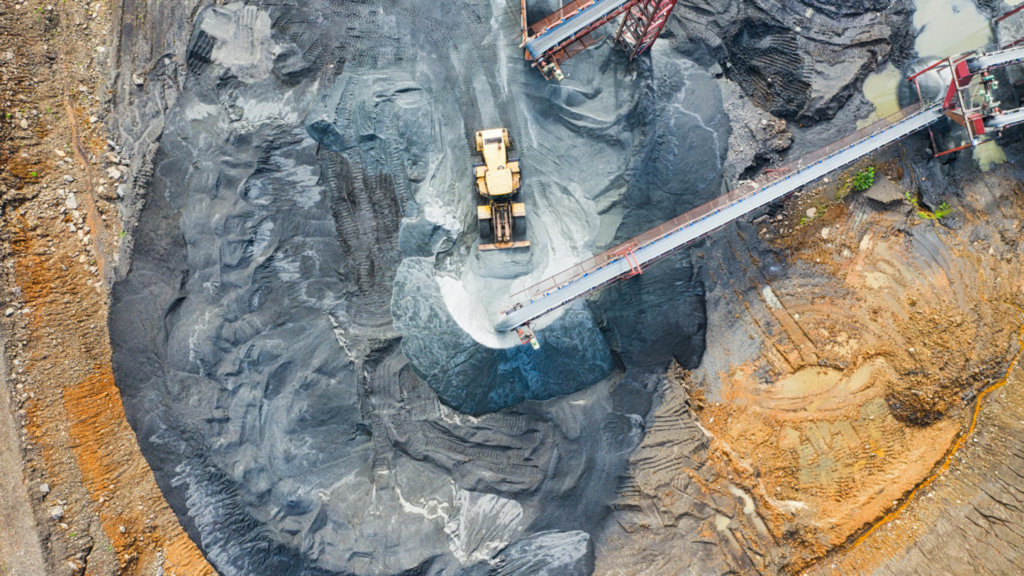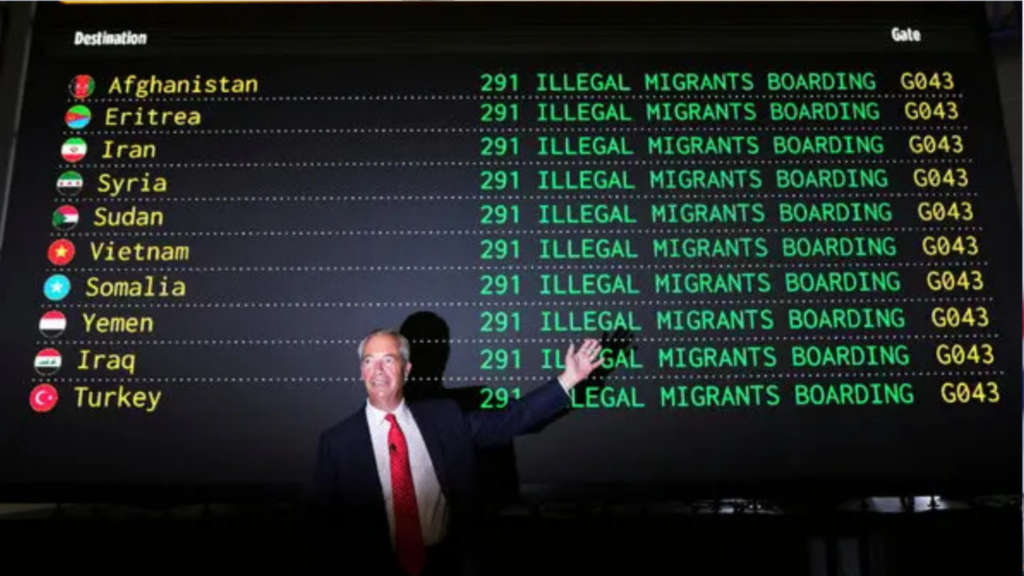Navigating Political Risk under Donald Trump
The dividing line between politics and economics has all but disappeared in Trump’s second term as president.
The first 20 weeks of Donald Trump’s second term as US president have seen haphazard executive decision-making with an oscillating effect on markets, businesses and countries around the world. While the Trump administration boasts about its policies on job creation, for example, the president has castigated the Federal Reserve for refusing to accelerate monetary easing, demanded the passage of a deficit-expanding tax package and had a feud with one of his most important private sector allies in Elon Musk. Taken together, these developments threaten the credibility of monetary policy, fiscal sustainability and the US’ uneasy partnership with the technology sector (Miller, 2025).
One source of risk is the president’s pressure on Federal Reserve Chair, Jay Powell, to slash interest rates by ‘a full point’ after labour market data showed only a modest cooling in hiring (McCormick & Duguid, 2025). Trump’s public admonitions not only signal a readiness to override the Federal Reserve’s data-dependent approach but also invite speculation that Powell could be removed if he fails to comply. The threat is magnified by the administration’s own policy mix: higher tariffs that push up import prices alongside a spending package that the Congressional Budget Office says would add US$2.4 trillion to the debt by 2034 (McCormick & Duguid, 2025). Investors are therefore confronted with a paradox: an increasingly politicised central bank under pressure to ease, even as fiscal stimulus and tariffs stoke inflation, a combination that could weaken the dollar and steepen the Treasury curve.
The fiscal dimension of that paradox matters as much as the monetary one. After campaigning on restoring ‘fiscal sanity’, the White House now champions a bill that Wall Street executives warn could crowd out private investment and drive long-end yields higher (McCormick & Duguid, 2025). Although Treasury yields initially were stronger than expected in the May 2025 employment report, futures markets have begun to price a risk that political interference will force the Federal Reserve to deliver rate cuts in defiance of inflation data. The resulting environment of policy inconsistency complicates corporate capital expenditure planning and raises the cost of hedging for multinational supply chains already hit by renewed tariffs. In short, the synchronised fiscal expansion and monetary loosening sought by the president inject a pro-cyclical stimulus that could end in abrupt reversal if inflation expectations become unanchored.
The equity market is reacting in real time. A Financial Times survey of companies worth more than US$10 billion shows that the biggest share price winners since Trump’s inauguration are European defence contractors such as Rheinmetall (+205%) and Saab (+153%), Chinese consumer-tech groups like Pop Mart (+177%) and cyber-security specialists including Palantir (+83%) (FT Reporters, 2025). These firms benefit either from the re-armament impulse triggered by Trump’s transactional approach to alliances or from the splintering of global value chains that rewards digital-sovereignty plays.
Conversely, the steepest declines have struck US electric vehicle (EV) producers and their ecosystem after the White House moved to scrap EV credits and floated retaliatory tariffs on imported battery components. The dispersion underlines that sectoral positioning now hinges as much on proximity to executive favour as on macro beta: investors overweight in defence, hard assets and selected Chinese platforms stand to outperform, while those exposed to consumer-discretionary demand or retaliatory trade barriers remain vulnerable.
No fault-line illustrates the new nexus of political and commercial risk more vividly than the implosion of the Trump-Musk alliance. Once hailed as a symbol of tech-government rapprochement, the relationship disintegrated when Musk denounced the president’s ‘big beautiful bill’ as a ‘disgusting abomination’ and threatened to withdraw support for NASA launches (Miller, 2025). Trump fired back, hinting at cancelling billions of dollars worth of SpaceX and Starlink contracts. Tesla’s shares promptly lost almost US$150 billion in market value – their worst one-day drop on record – as investors questioned the durability of federal subsidies and procurement streams that underpin Musk’s empire (Miller, 2025). The quarrel quickly spread through Washington: Trump pulled the NASA nomination of Musk ally Jared Isaacman and hinted at purging other Silicon Valley figures from senior posts. That uncertainty now clouds the Department of Government Efficiency, an initiative that had promised further deregulation of tech and AI.
Efforts to de-escalate have so far failed. Senator Ted Cruz and venture capitalist Tim Draper publicly urged both men to ‘hug and make up’, warning that the feud could derail the legislative agenda and stall technological modernisation of government (Miller et al., 2025). Yet insiders report that Musk ‘isn’t taking calls’, while some space-tech founders predict even greater resistance from the White House to firms perceived as Musk allies (Miller et al., 2025). The standoff therefore creates collateral risk for subcontractors, venture investors and supply chains dependent on SpaceX’s launch cadence as well as for rural broadband projects tied to Starlink. More broadly, the episode highlights how quickly the administration can convert corporate support into vulnerability suggesting that reputational and policy exposure must now be priced into contracts and equity valuations.
Looking ahead, three scenarios dominate:
- In an ‘uneasy détente’, the Federal Reserve resists wholesale interference, the tax bill is watered down and Trump and Musk maintain a cold peace that spares existing contracts. Markets would price a modest steepening of yields and continued rotation into defence and commodity plays.
- In an ‘escalation’ path, Trump replaces Powell, tears up SpaceX contracts and imposes fresh 25% auto tariffs which would trigger a sharp risk-asset sell off and raise recession probabilities.
- In a ‘reconciliation’ scenario in which the president and Musk rebuild their pact, a relief rally in technology shares and narrow credit spreads but would still leave structural questions about fiscal discipline unanswered. The probabilities are fluid yet the mere plausibility of executive-driven policy shocks obliges firms to hedge aggressively, diversify federal contract exposure and scenario-test cash flows against 150–200 basis-point rate swings and double-digit tariff increments.
In sum, political risk in the United States so far in 2025 emanates from the centripetal forces of an activist presidency intent on bending monetary, fiscal and industrial policy to short-term goals. Whether pressuring an independent central bank, threatening to cancel aerospace contracts or targeting specific corporate tax incentives, the White House has shown a readiness to weaponise economic levers. Businesses and investors should therefore monitor the Trump–Powell dynamic, the trajectory of the deficit-expanding tax bill and the evolving Trump-Musk rift as leading indicators of further volatility. In this environment, resilient strategies will privilege portfolio hedges, sectoral rotation into policy-favoured industries, contract diversification and robust contingency planning. Above all, they must recognise that under Trump’s second term, the dividing line between politics and economics has all but disappeared.
Bibliography
McCormick, M., & Duguid, K. (2025, June 6). Donald Trump calls for “full point” rate cut after jobs report. Financial Times.
FT Reporters. (2025, June 6). Triumphing under Trump: The corporate winners and losers. Financial Times.
Miller, J. (2025, June 5). Donald Trump attacks “crazy” Elon Musk as relationship implodes. Financial Times.
Miller, J., Rogers, A., Hammond, G., & Murphy, H. (2025, June 6). Donald Trump and Elon Musk’s allies urge reconciliation after damaging split. Financial Times.



